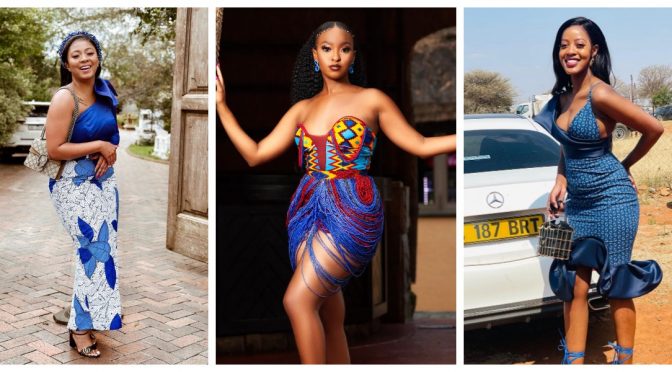Elegance of African Shweshwe Dresses

African fashion is a kaleidoscope of color, culture, and creativity, and at the heart of this vibrant tapestry are Shweshwe dresses. These dresses, adorned with their distinctive patterns and rich cultural history, have transcended time and place to become a symbol of African identity and style. In this article, we journey through the world of African Shweshwe dresses, uncovering their origins, significance, and their enduring allure.

Origins of Shweshwe Fabric
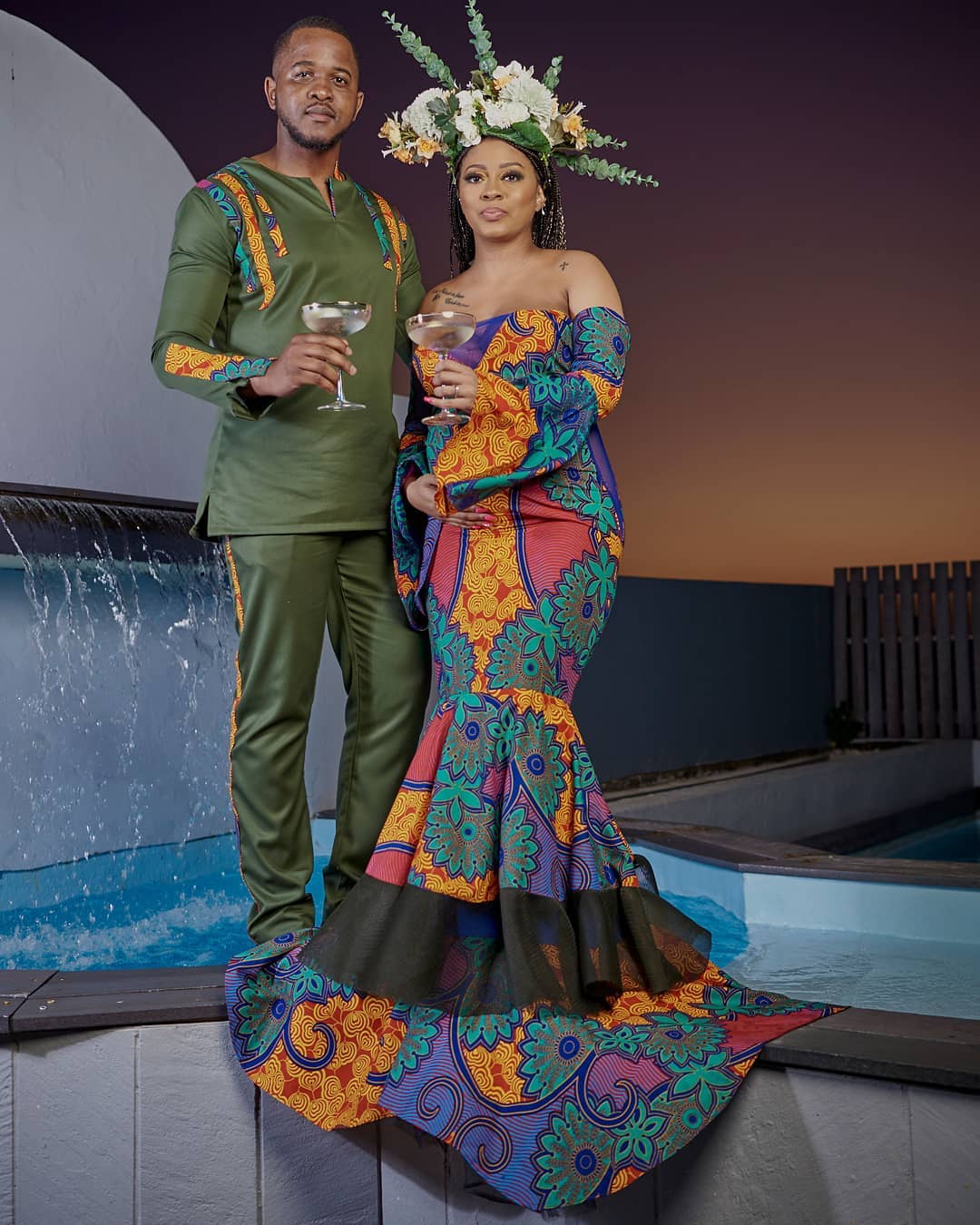
Shweshwe fabric, also known as isishweshwe or shoeshoe, boasts a unique blend of tradition and innovation. Its roots can be traced back to the early 19th century when European settlers introduced the fabric to Southern Africa. Originally inspired by indigo-dyed fabrics from India and Indonesia, Shweshwe fabric has since evolved into a quintessential African textile.
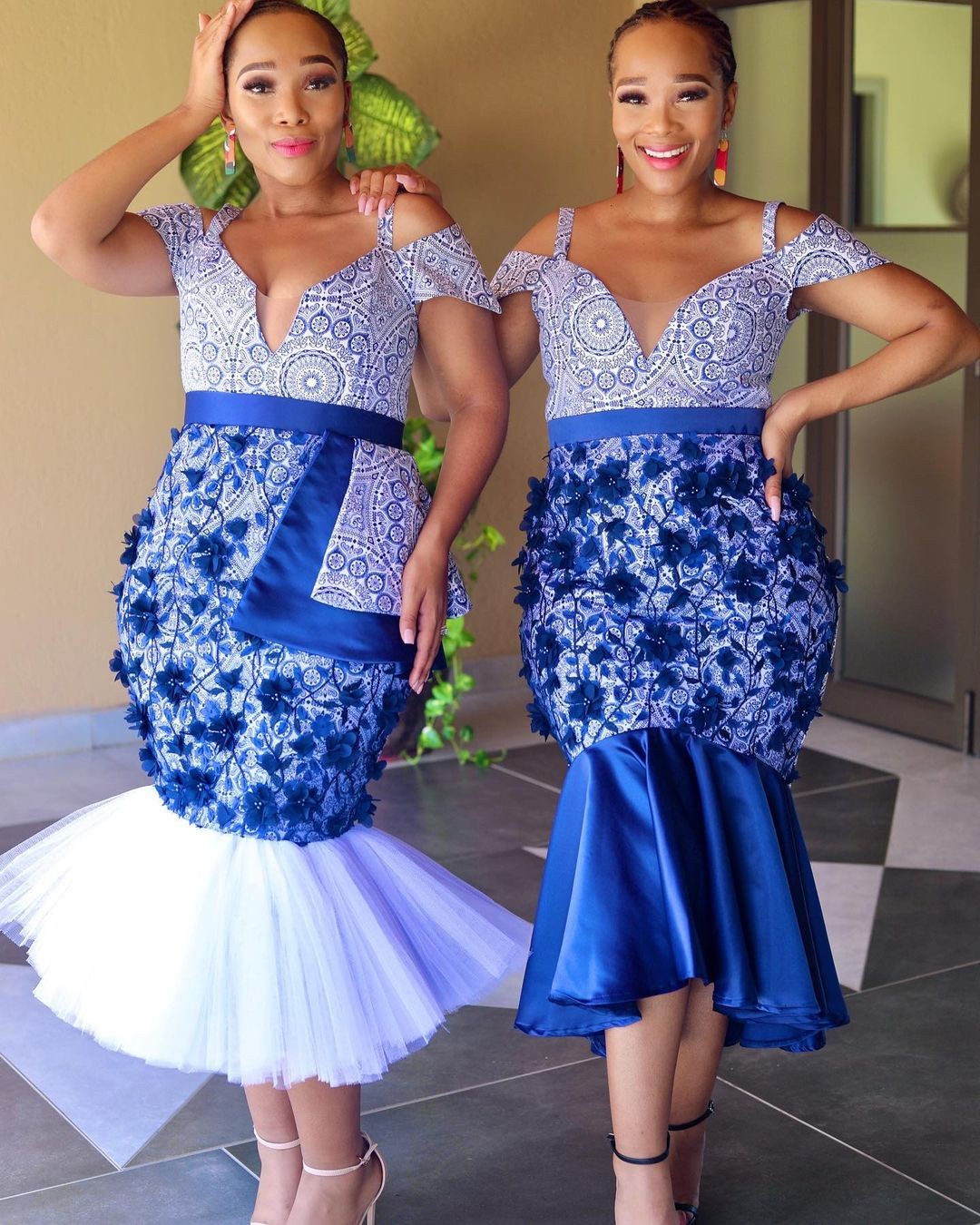
Cultural Diversity and Expression

The beauty of Shweshwe dresses lies in their ability to transcend borders and boundaries. These dresses are not confined to a single African culture; instead, they are celebrated by a multitude of ethnic groups across Southern Africa. Each culture assigns its own name to the fabric and develops distinctive dress styles. For instance, the Xhosa people refer to it as ‘iJeremani,’ the Sotho as ‘Seshoeshoe,’ and the Tswana as ‘German print.’ These styles serve as a canvas for wearers to express their cultural identity and commemorate significant life events.
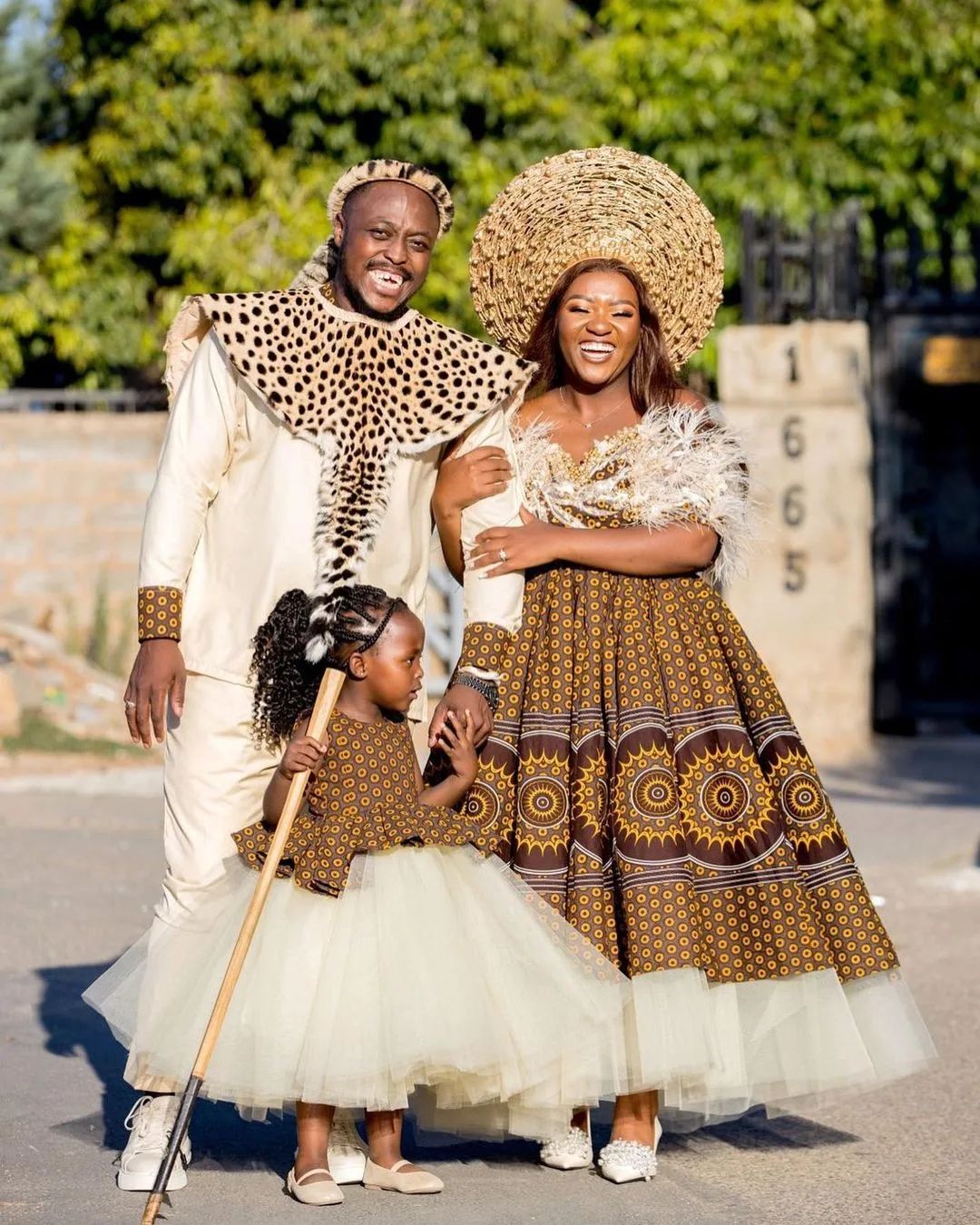
The Symbolism and Significance
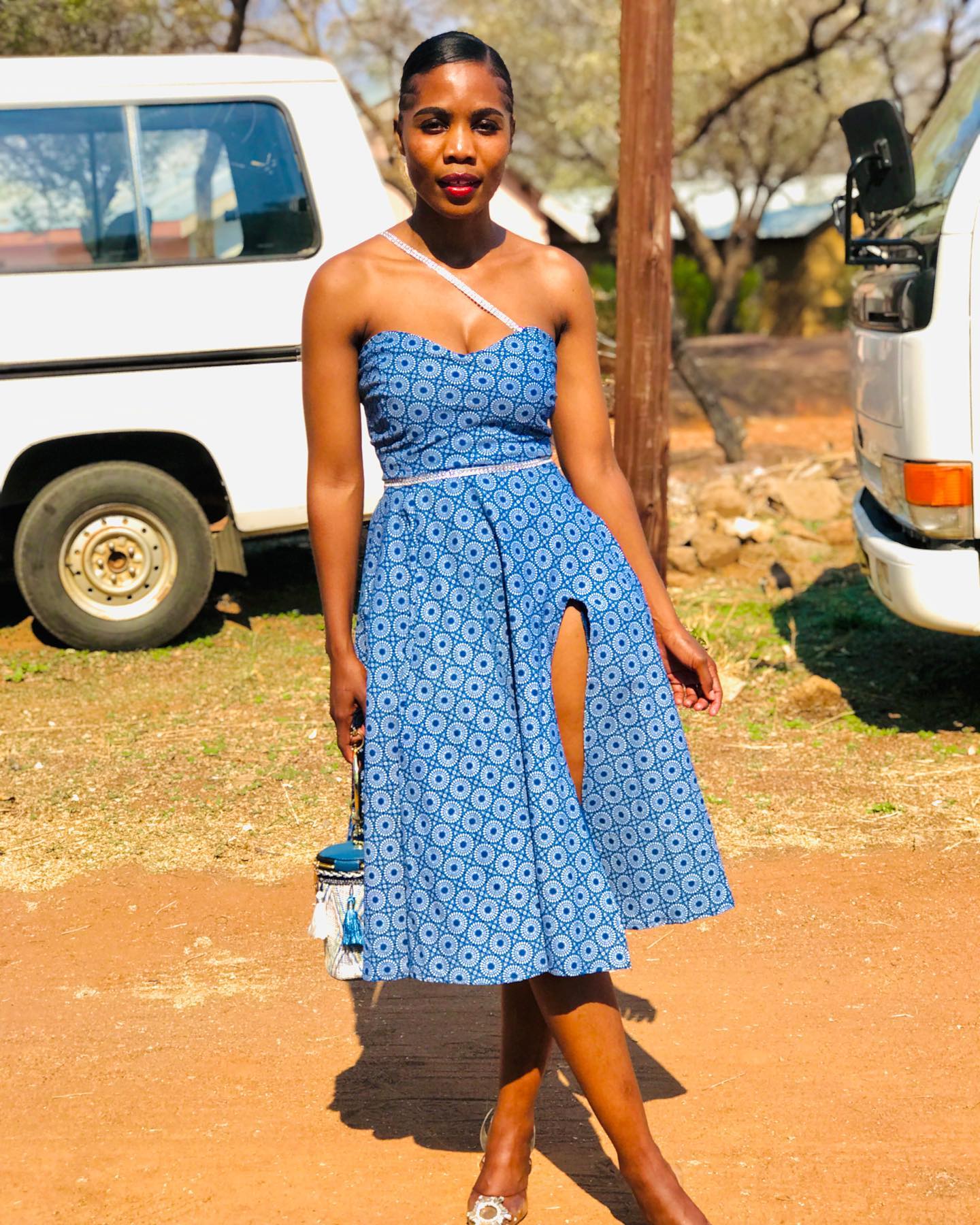
Shweshwe dresses hold profound cultural and social significance. They are donned during pivotal moments in life, such as weddings, funerals, initiation ceremonies, and celebrations. The choice of Shweshwe fabric and dress style serves as a visual language that communicates a person’s cultural background, societal status, and personal narrative. These dresses are more than mere garments; they are a means of connecting with one’s heritage and expressing individuality.
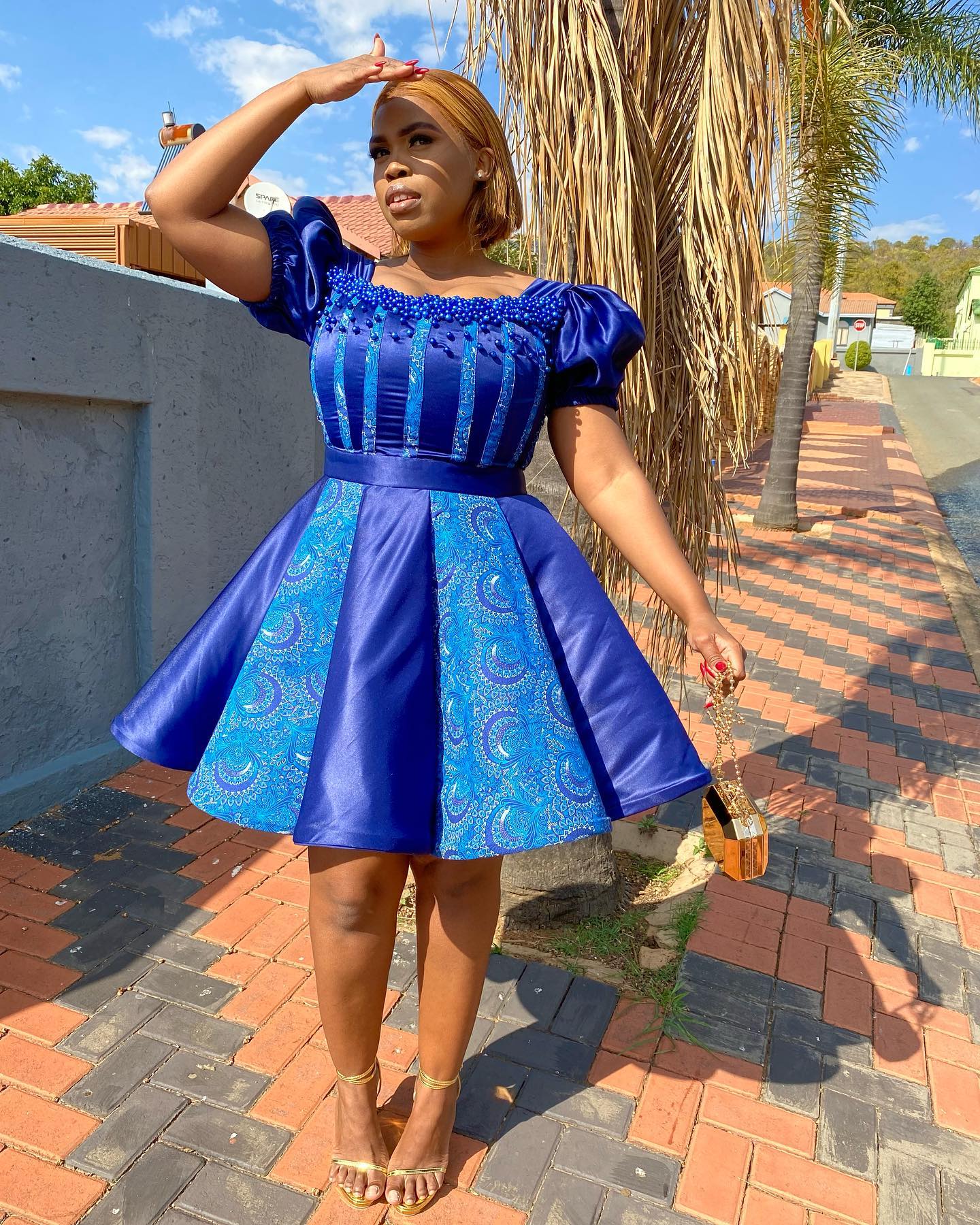
Adaptation and Modernization
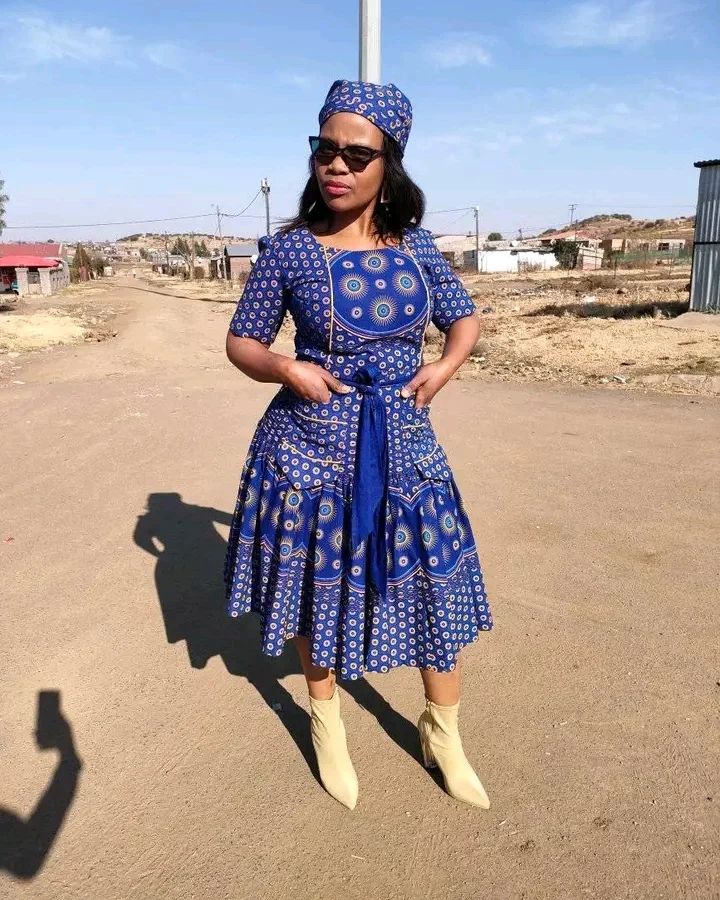
While the traditional Shweshwe dresses continue to be cherished, they have also embraced modernity. Contemporary fashion designers and skilled tailors have infused Shweshwe fabric into their creations, resulting in a fusion of tradition and trendiness. This adaptability has broadened the horizons of Shweshwe dresses, making them suitable for various occasions, from everyday wear to formal gatherings and international fashion runways.

Global Reverberation
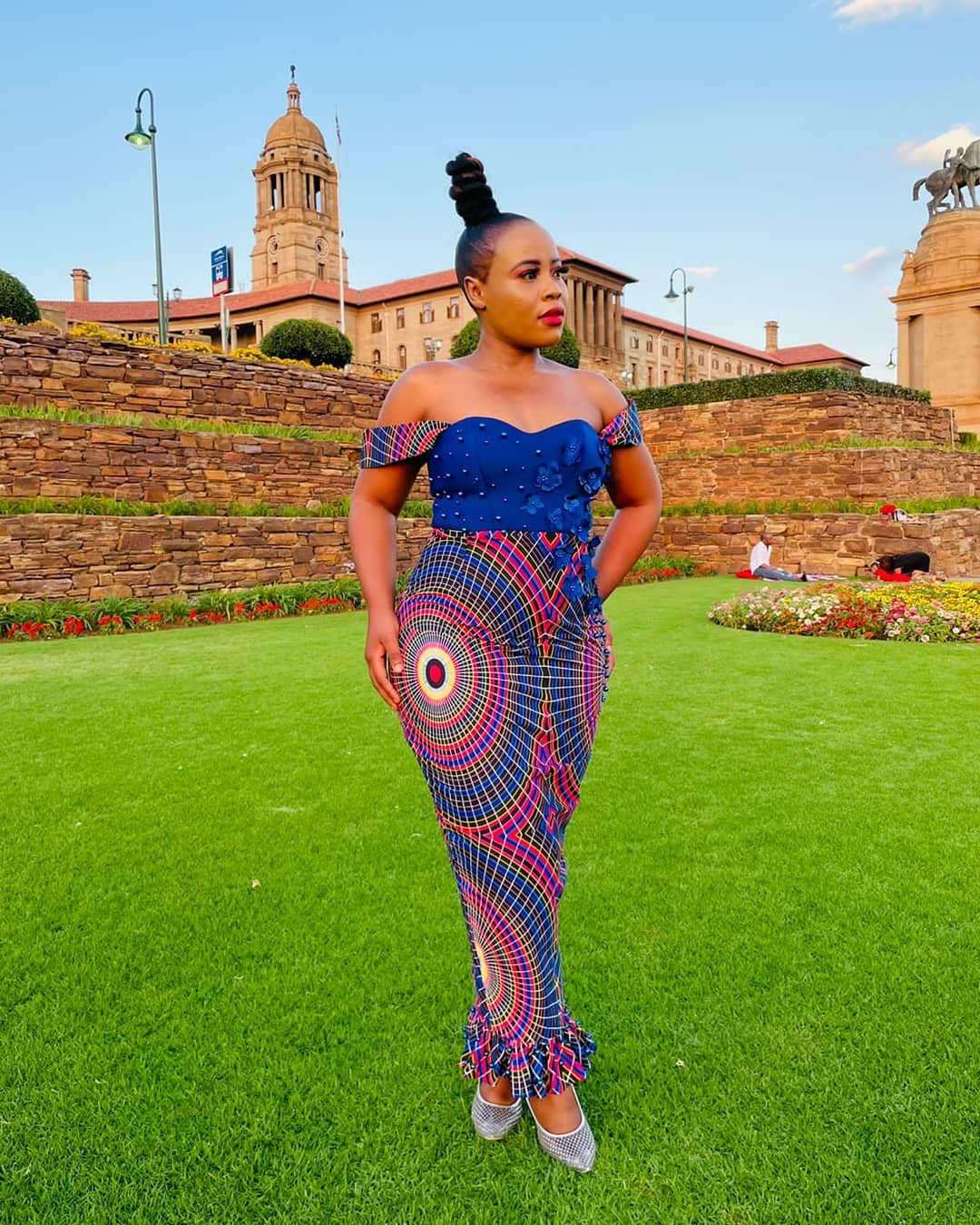
The appeal of Shweshwe dresses has reverberated far beyond African borders. They have garnered international recognition and are frequently featured in global fashion collections and publications. Many African diaspora communities worldwide have enthusiastically adopted Shweshwe fabric into their fashion ensembles, underscoring its universal charm.

Craftsmanship and Artistry

The creation of Shweshwe dresses is a labor-intensive art form. Tailors and seamstresses meticulously select and cut the fabric to craft intricate designs that celebrate the wearers’ cultural heritage. These dresses are a testament to the skill and dedication of South African artisans.

Celebrity Endorsement
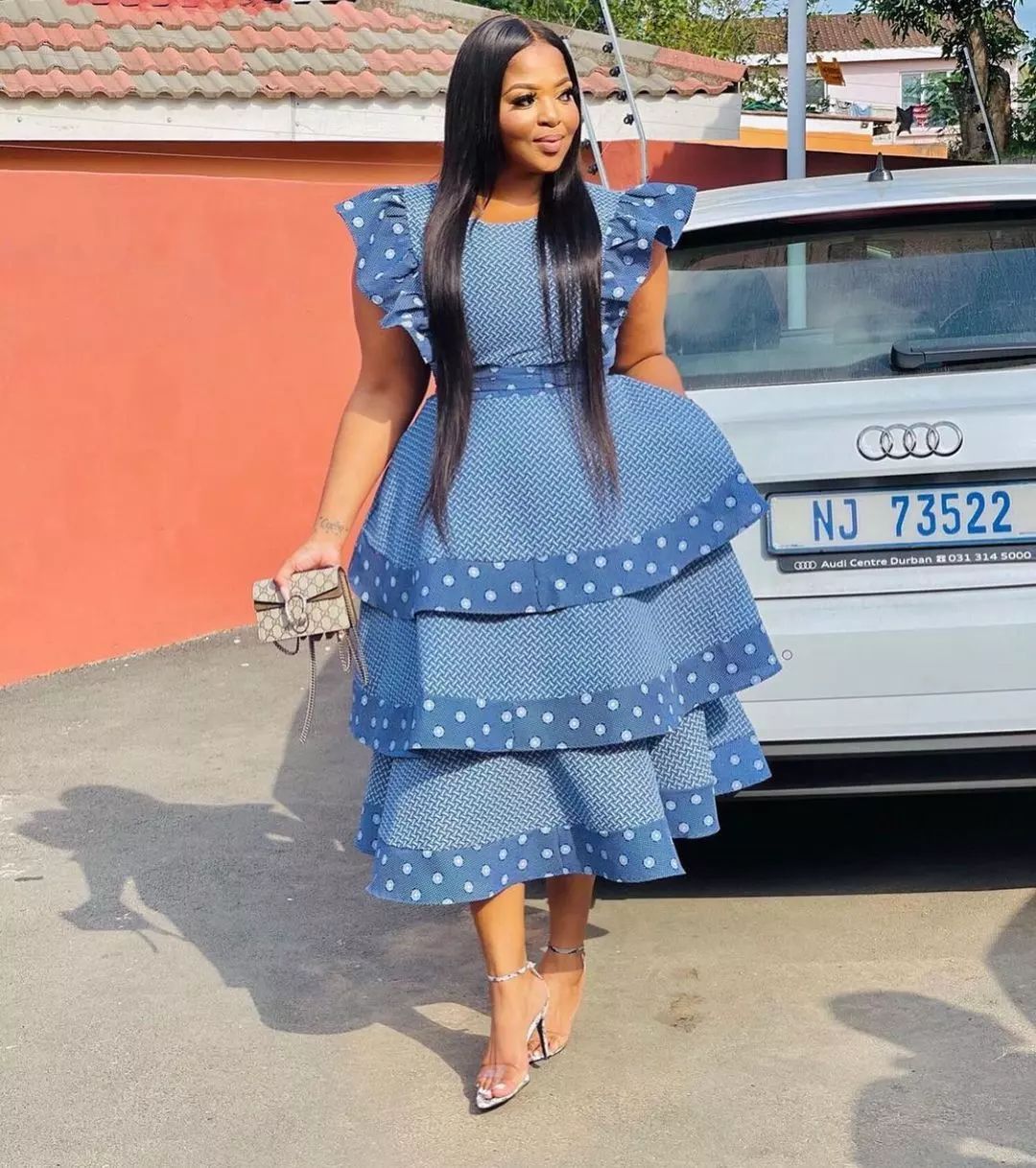
Prominent figures in South African entertainment, politics, and culture have taken to wearing Shweshwe dresses for red carpet events and public appearances. Their endorsement not only popularizes this unique fashion tradition but also celebrates it as a symbol of pride and identity.

African Shweshwe dresses are more than just garments; they are living testaments to the rich tapestry of African culture and identity. With a storied history and a contemporary appeal, Shweshwe dresses continue to influence and captivate the global fashion scene. As the world increasingly embraces diversity and cultural richness, these dresses remain an embodiment of Africa’s enduring impact on the global stage. They are a reminder that culture, creativity, and fashion know no bounds, and they serve as an enduring celebration of African heritage and elegance.

